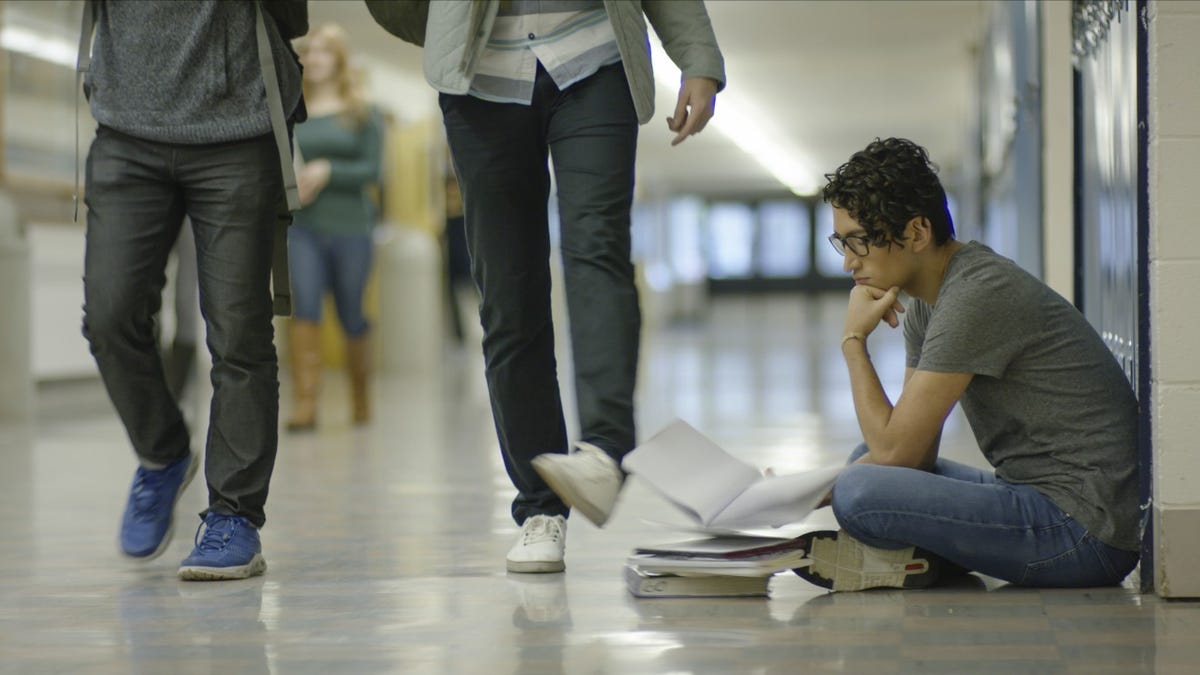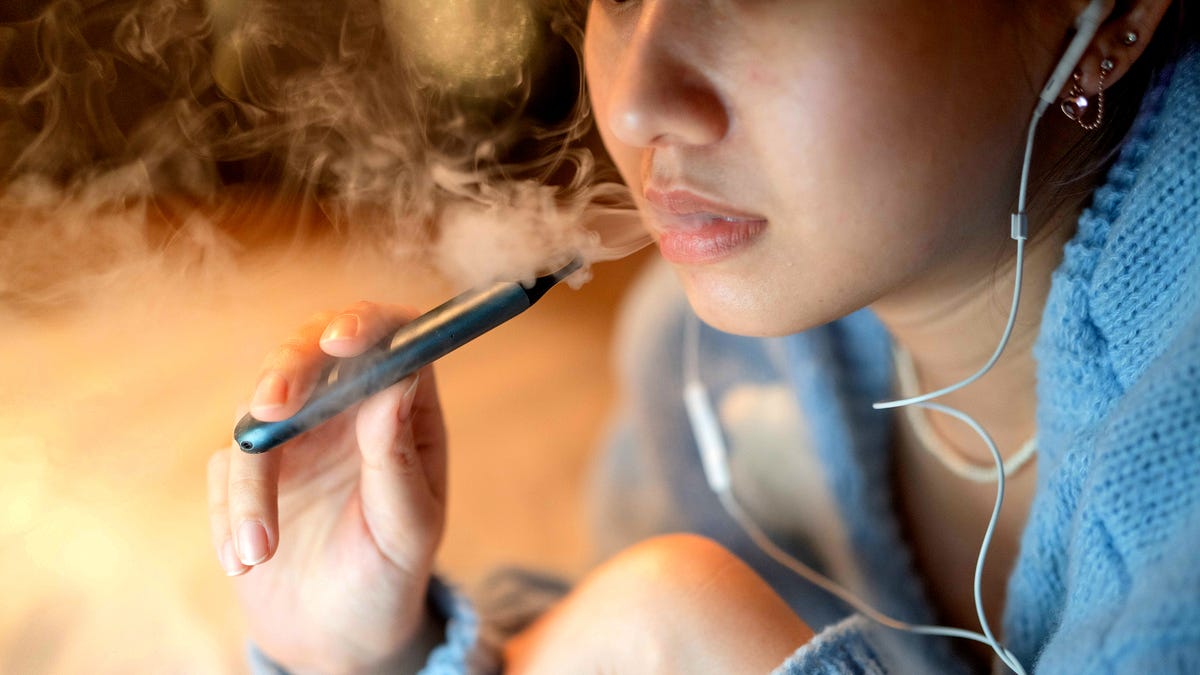Young people in Wisconsin have been self-harming at escalating rates since the start of the 2022-23 school year, according to data from the National Syndromic Surveillance Program.
That aligns with the general rise in mental health needs among young people, who increasingly feel sad and helpless, are considering and even attempting suicide, and being diagnosed with mental health problem such as depression, anxiety, or behavioral problems.
Medical experts from the Department of Health Services have identified spikes in self-harm in September and January, typically the start and return of school. September 2022 and January 2023 saw a 40% increase in youth self-harm compared to each of their preceding months, August and December respectively, according to DHS. And although fewer students self-harmed in September 2023, that month still represented a 14% jump from August 2023, which signals a serious concern.
Syndromic data, part of DHS’s Comprehensive Suicide Prevention program that began in 2022, focuses on recognizing spikes as part of the DHS early warning system. In adolescents aged 10 to 19, it calculated self-harm trends based on these transitional months back to school.
Also called self-directed violence or self-injury, self-harm is defined as “anything a person does intentionally that can cause injury to self, including death,” according to the the Centers for Disease Control and Prevention. It can include cutting, burning, poisoning, head-banging, self-biting and self-scratching.
Children and youth with developmental disabilities, such as autism and intellectual disability, are more likely to engage in self-harm than youth without disabilities, according to the CDC. Additionally, young people with depression, anxiety and conduct disorder have a higher rate of self-injury, including suicide, than children without these conditions.
Paula Tran, the state health officer and administrator of the DHS Division of Public Health, said in a press release that young people and families experience additional jolts of stress at the start of the fall and spring semesters.
“Parents, guardians, teachers, mentors and others can support the young people in their life by knowing the signs of self-harm, talking openly about the struggles youth are facing, and listening to what young people have to say without judgment,” Tran wrote.
Wisconsin girls are 4 times as likely to be hospitalized for self-harm than Wisconsin boys.
While everyone who attempts suicide self-injures, not everyone who self-injures is suicidal. The National Council for Mental Wellbeing distinguishes self-harm as a coping mechanism rather than an act of escaping pain and mental anguish. Self-harm can put someone at a higher risk of suicide if the signs are ignored or written off.
The surge in cases of girls self-harming is critical. According to the Wisconsin Self-Injury Data Dashboard:
- Girls and women had nearly twice the hospital visits for self-harm than boys and men in 2022, at 2,023 and 1,057, respectively.
- Nearly 600 girls 17 and younger in Wisconsin self-harmed in 2022, compared with nearly 150 boys, a 75% difference.
- Girls experienced a 50% jump in self-harm hospitalizations between 2020 and 2022, while boys didn’t experience a significant rise in self-harm hospitalization.
Hospitals in southeastern Wisconsin and northeastern Wisconsin reported the most patients coming in for self-harm in 2022, with 1,064 southeastern hospitalizations and 750 northeastern hospitalizations.
Patients with diagnosed mental health conditions made up 87% of self-harm hospitalizations. Other factors include substance use disorder, alcohol use disorder, suicidal ideation and a history of self-harm.
Unsure if your child is self-harming? Here are some signs to look out for.
According to DHS:
- Increased secrecy.
- Emotional withdrawal or changes in mood and behavior.
- Less time with peers or family members.
- Unexplained cuts, burns or bruises, which typically occur on the arms, legs, and stomach.
- Discovering razors, sharps, knives or other items that may be used to self-injure.
- Keeping arms and legs covered even when it is inconvenient to do so.
DHS recommends the following actions for parents or guardians and others looking to help a young person who is self-harming:
- Do not ignore the problem or treat it like a passing fad.
- Listen to them without judgment. Do not try to problem-solve or put things in a more positive light for them, but instead focus on confirming what you’re hearing them tell you.
- Recognize when the help of a professional is needed. You can find information on the signs of a mental health crisis, including situations that require an immediate call for professional help on the Crisis Services: Identifying a Crisis page.
Linda Hall, director of the Wisconsin Office of Children’s Mental Health, a state agency within DHS, also suggests having regular check-ins with your child where you listen without judgment. From there, Hall said, you can discuss healthy coping skills to help manage academic and social stress. That can look like encouraging healthy habits, physical activity, getting adequate sleep and eating nutritious food, “all of which help to build resilience.”
“95% of kids trust their parents to provide them with the right information and when it comes to mental health, they are ready to talk,” Hall said.
More information about self-harm and strategies to build resilience can be found at dhs.wisconsin.gov/injury-prevention/self-harm.htm. The Office of Children’s Mental Health held a video briefing Jan. 12 regarding its annual report, which details areas of concern and offers actions to improve young people’s well-being.
The 988 Suicide & Crisis Lifeline provides free and confidential support for anyone experiencing a suicidal, mental health, and/or substance use crisis. People of all ages who need help for themselves or a loved one can call, text, or chat 24/7 to be connected with a trained counselor.
“People who self-harm can and do recover,” said Tran, the state health officer. “Parents, guardians, and others are crucial support systems for young people. Talking openly with and truly listening to a young person who is self-harming and working with them to get them connected to the resources that meet their needs are important ways to support their mental health and well-being.”
Natalie Eilbert covers mental health issues for USA TODAY NETWORK-Wisconsin. She welcomes story tips and feedback. You can reach her at neilbert@gannett.com or view her Twitter profile at @natalie_eilbert. If you or someone you know is dealing with suicidal thoughts, call the National Suicide Prevention Lifeline at 988 or text “Hopeline” to the National Crisis Text Line at 741-741.

































